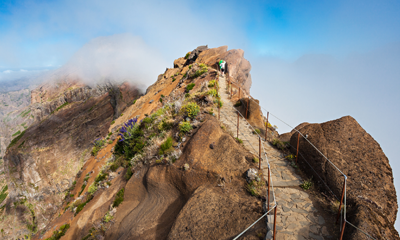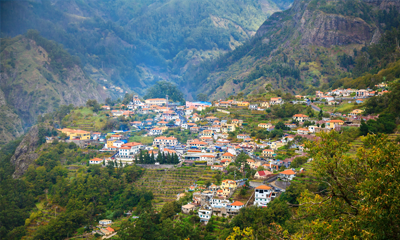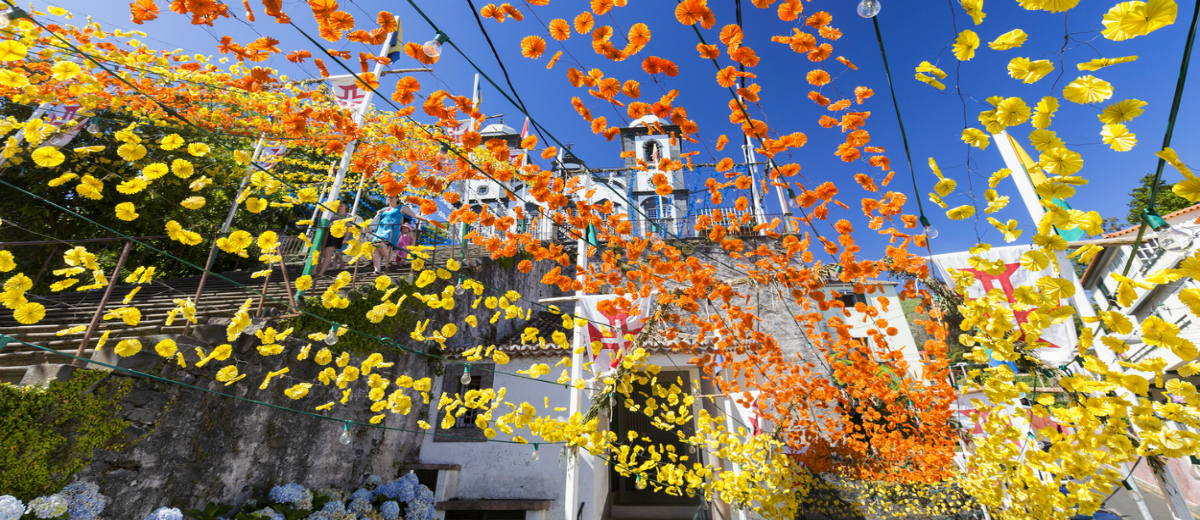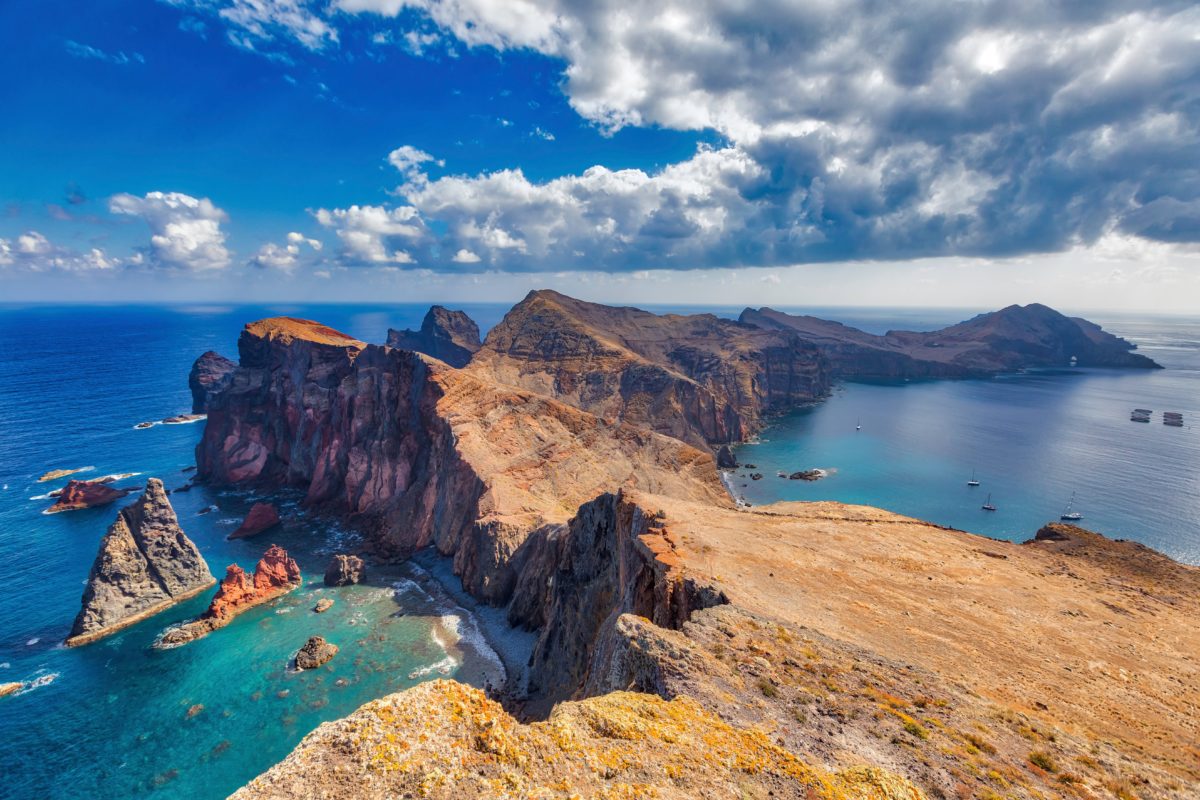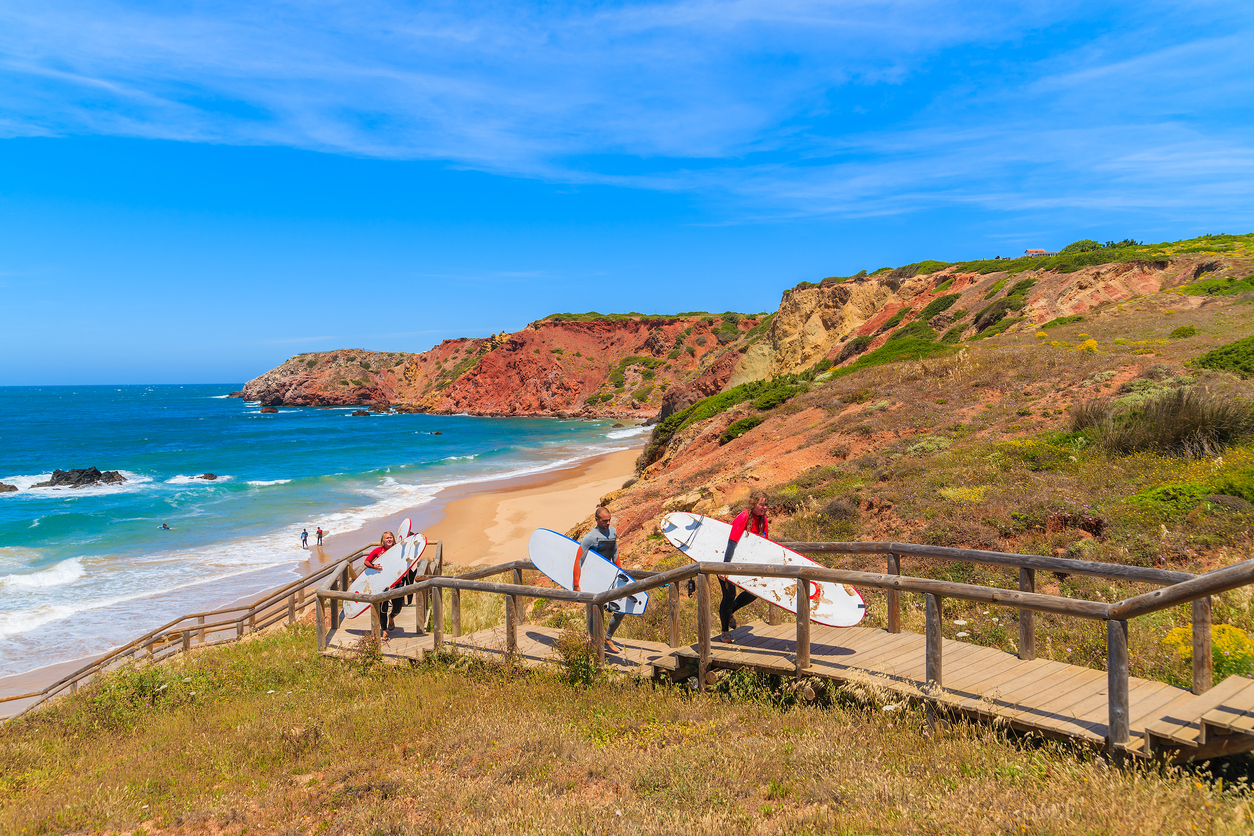With its black sand beaches and forest-cloaked mountains, Madeira is one of the finest outdoor destinations in Europe. Hiking is the island’s calling card, with over 1,000 kilometres of walking trails tracing an ancient network of irrigation channels. Thrill-seekers can ramp up the pace with mountain biking, canyoning and paragliding.
But you can also slip down a few gears with more leisurely pursuits – wine tasting, visits to lush botanical gardens, scenic cable-car rides. Foodies can wander around Mercado dos Lavradores, overflowing with exotic fruits and local delicacies, in a tile-adorned art deco building. Globetrotting gourmands should visit in February for Rota das Estrelas, an annual food festival organised by the Cliff Bay hotel – home to the island’s only Michelin-starred restaurant, Il Gallo d’Oro.
These aren’t the only celebrations on the island. Many towns come alive throughout the year with festivities, from Festa da Flor kicking off the start of spring to the Madeira Wine Festival, an extravaganza of grape treading, tastings and performances, in late August.
Explore the famer's market
Wander around Mercado dos Lavradores, a local farmers’ market brimming with weird and wonderful fruits. Many stallholders will let you try before you buy – our favourites include local guavas, tamarillos and annonas, which taste like pineapple sherbet.
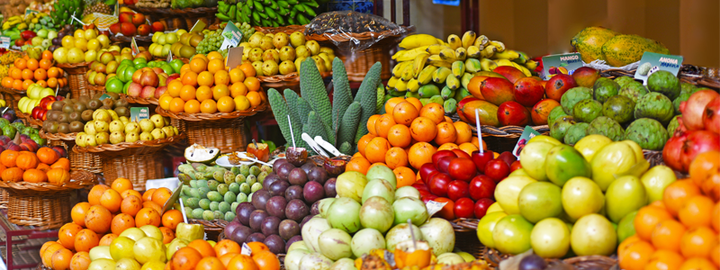
Wine-tasting
No visit to Madeira would be complete without a tasting session of the island’s namesake wine. Take a cellar tour of Old Blandy Wine Lodge to learn more about the prized tipple from the family who have kept the same ancient traditions of wine-making alive since 1811.
Outdoor adventures
Madeira’s mountainous terrain is made for intrepid adventures. Madeira Outdoor can arrange everything from canyoning, climbing and coasteering to paragliding, kayaking and surfing, while Freeride Madeira specialises in mountain-biking tours.
More than 1,000km of walking trails run alongside Madeira’s fabled levadas, historic irrigation channels which wind through moss-draped forests and above the clouds in the wind-raked highlands. Alternatively, trek to the UNESCO-protected Laurisilva forest, 4,500ft above sea level.
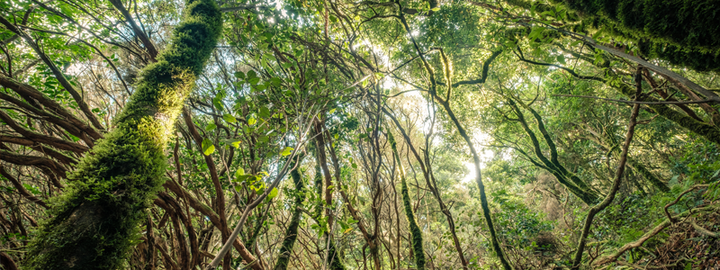 Laurisilva forest
Laurisilva forest
Afternoon tea
A must for all visitors to Madeira is afternoon tea at the grande dame of Funchal’s hotels, the faded-pink clifftop Reid’s Palace. Nibble on slices of bolo de mel, a soft gingerbread made with molasses, at this local institution that has hosted the likes of Winston Churchill, Charlie Chaplin and Gregory Peck.
Madeira Botanical Garden
While away an afternoon at the Madeira Botanical Garden, strolling around the 20-acre plot of land planted with a cornucopia of colourful exotic fruits and perfectly manicured flowerbeds.
Design
Don’t miss the esteemed Design Centre on the harbour, showcasing the work of owner-designer Nini Andrade Silva. Peruse the permanent galleries and temporary exhibition halls featuring the designs of other artists.

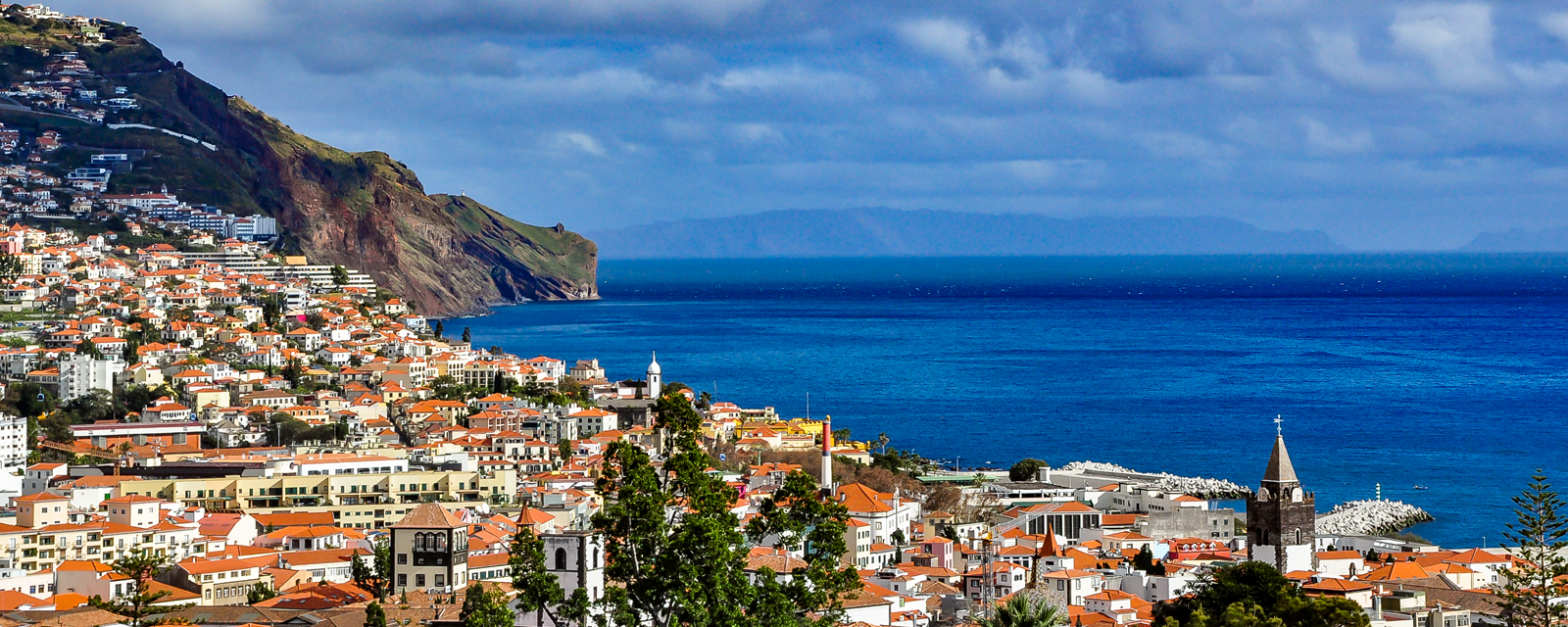


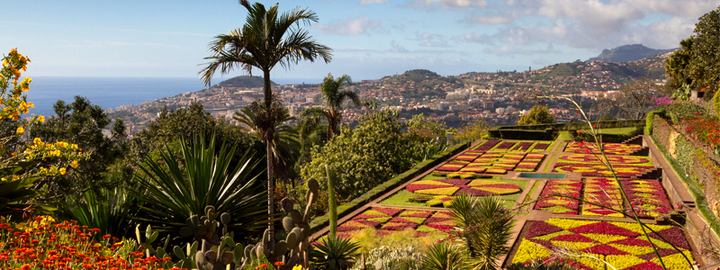
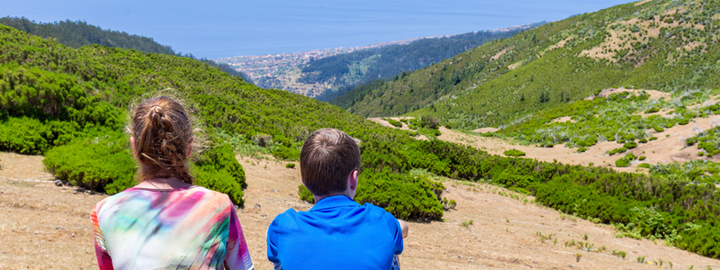
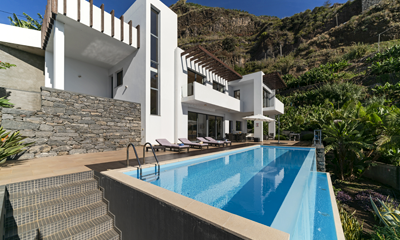
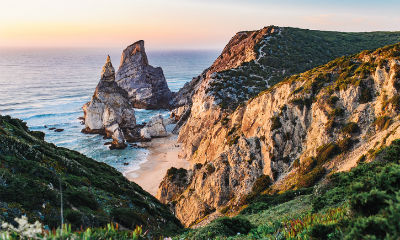







 Laurisilva forest
Laurisilva forest
